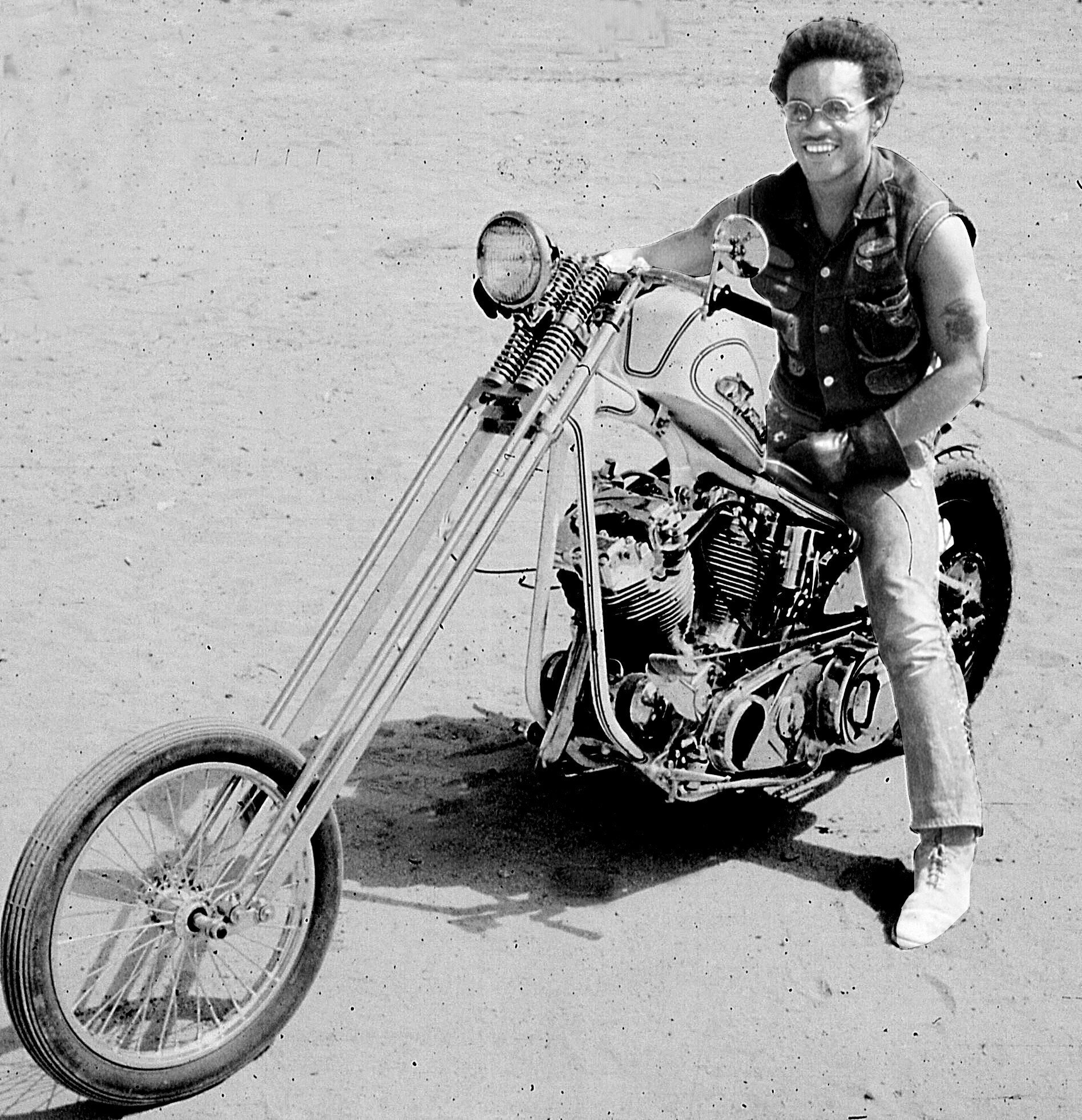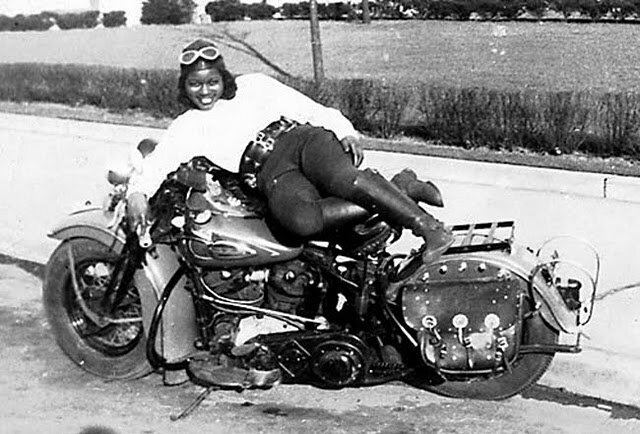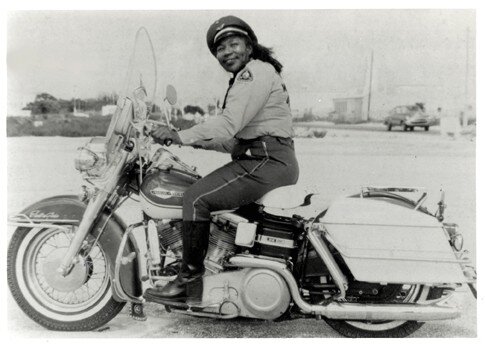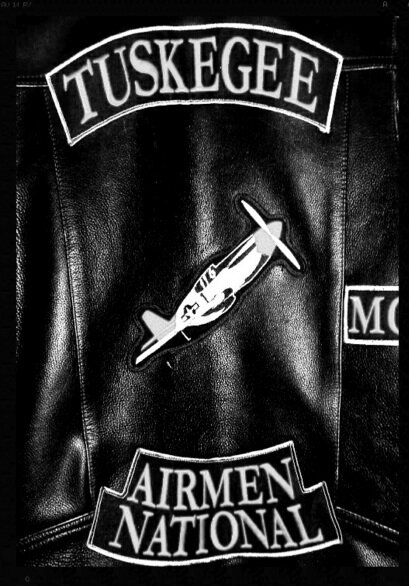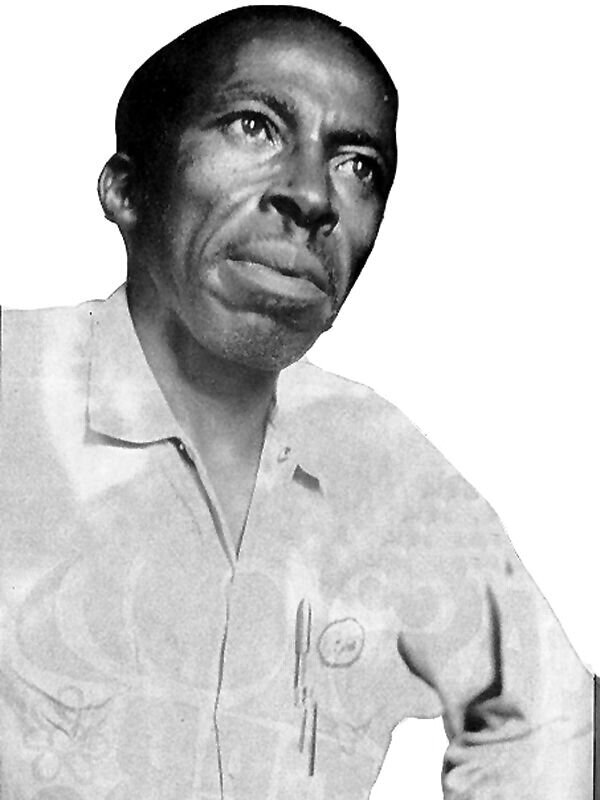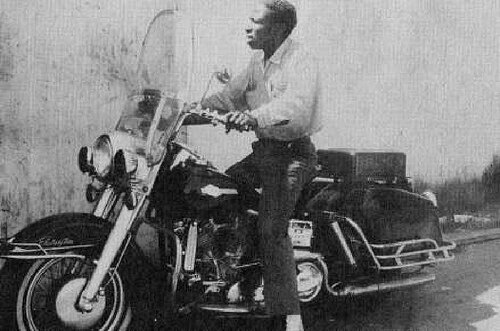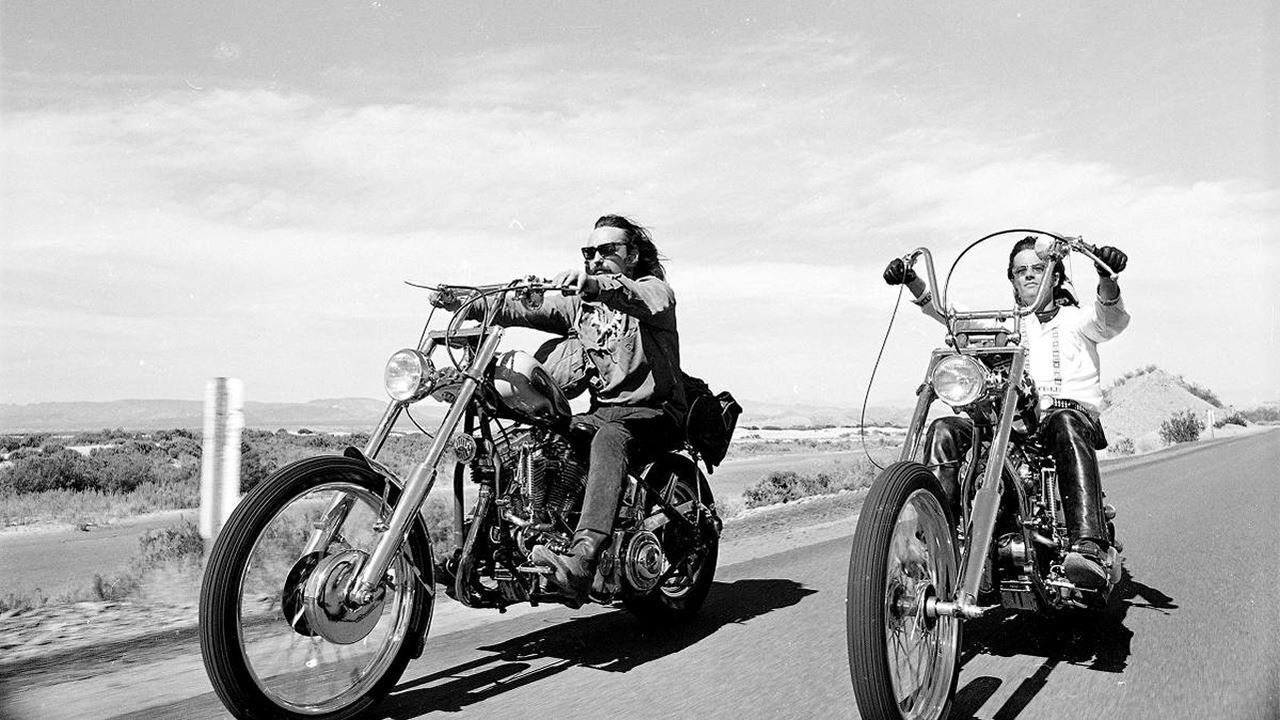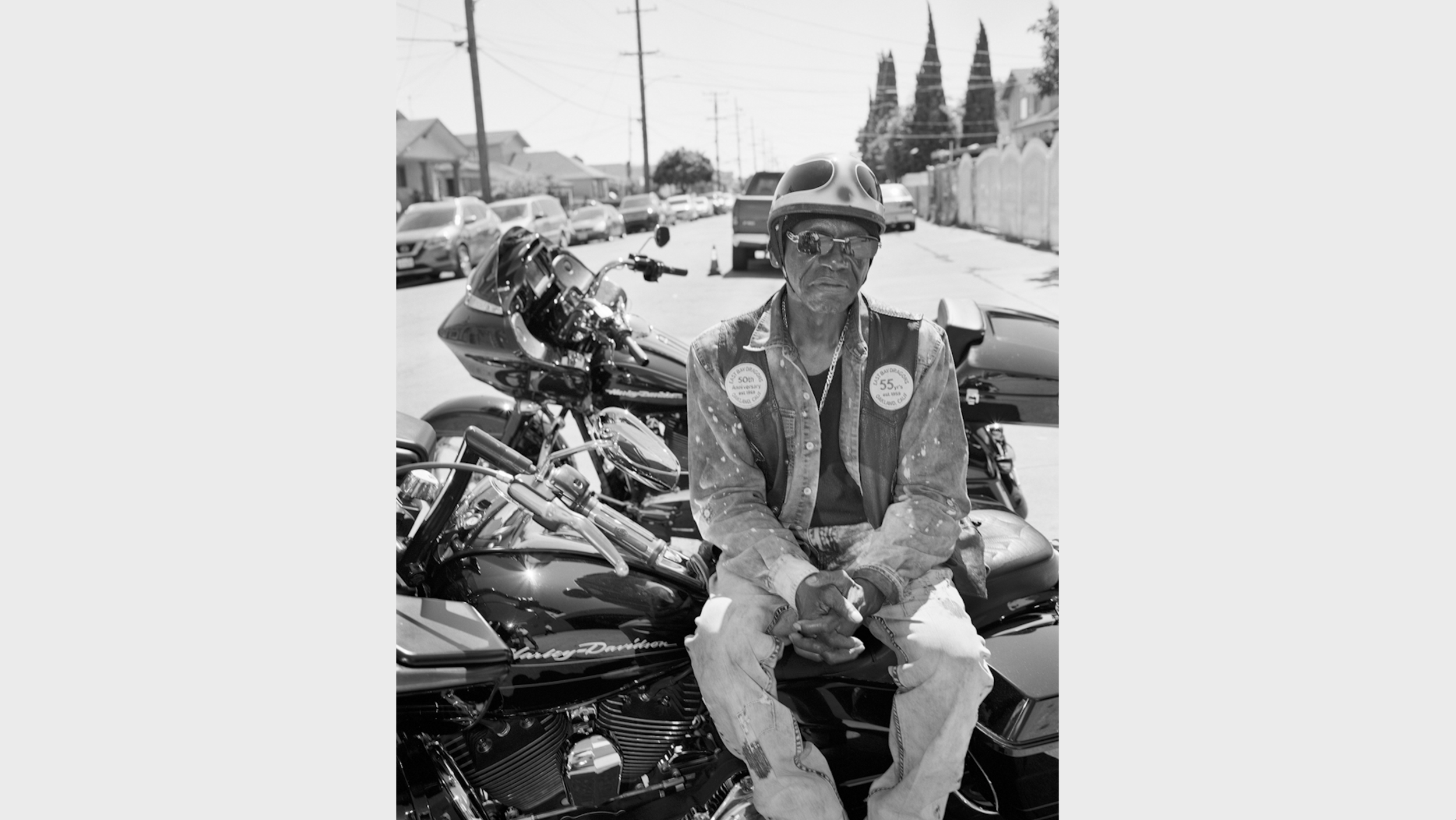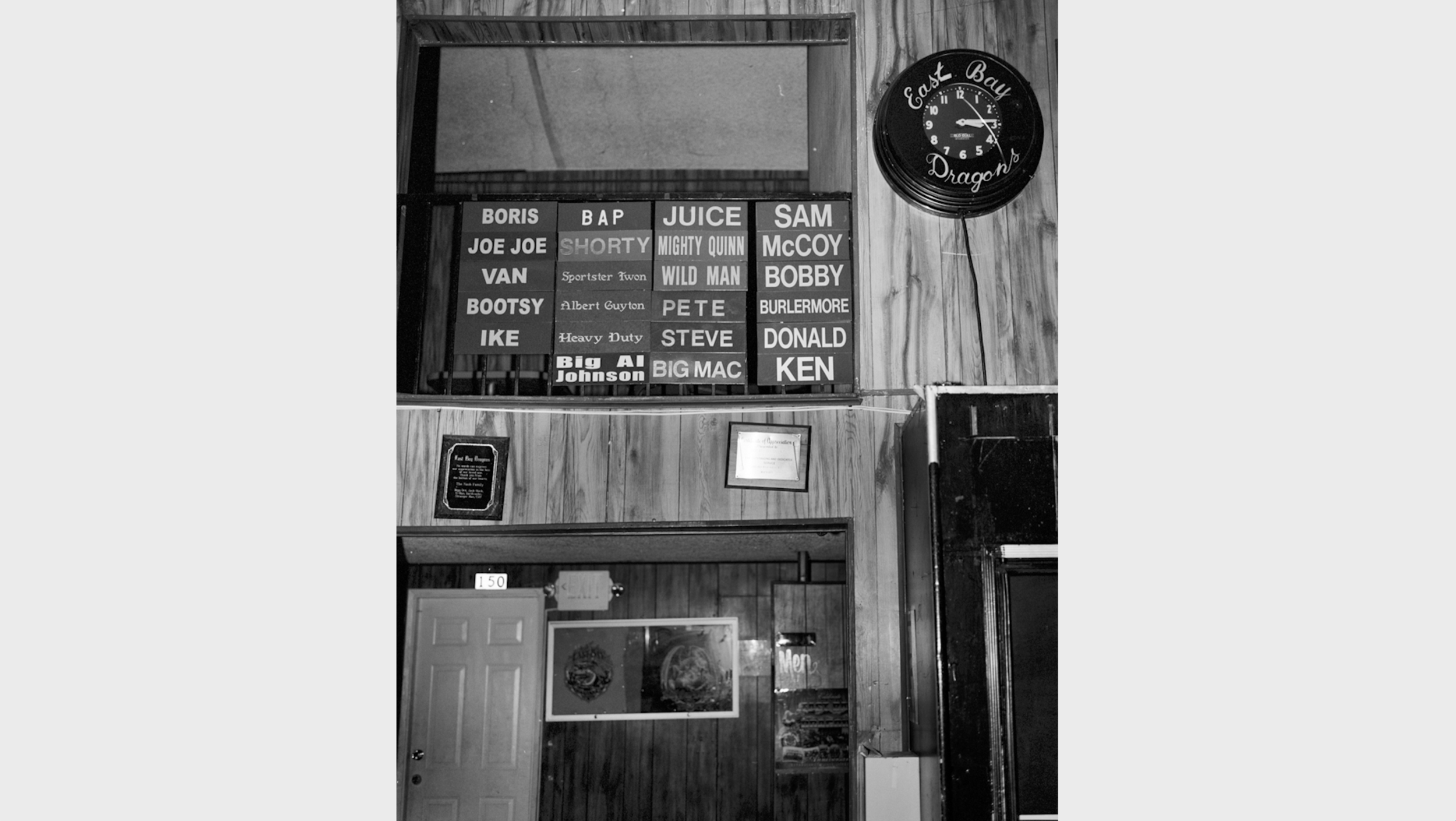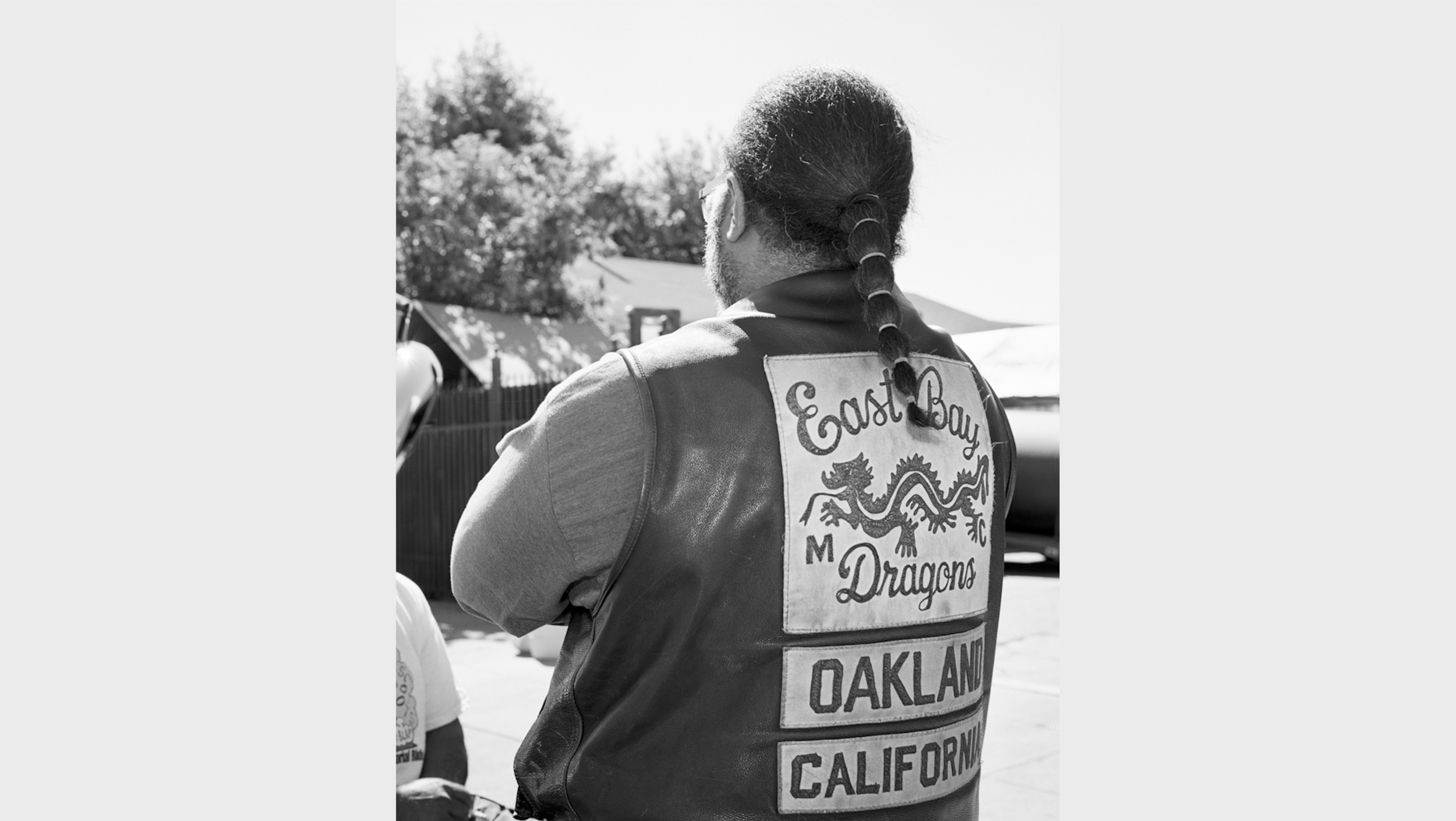I’m thrilled to share that a selection of photographs from Ezy Ryders will be on display at the Royal Theatre Arts Club, at the Copenhagen Opera House, Denmark. The show will be up from April 13-May 30, 2023. Here is the exhibition text:
This exhibition contains a curated selection of images from the artist’s newly released monograph, “Ezy Ryders."
"Ezy Ryders," which Cate Dingley photographed over a period of five years, follows New York City’s African-American motorcycle clubs as they denounce respectability, defy stereotypes, and find freedom within their community. The images depict the bikers’ lives, which are often linked together tighter than those of blood relations. One sees them throwing family barbecues outside the clubhouse, collecting diapers for low-income local families, commemorating their dead, flirting at a bikini bike wash, and socializing all night at an anniversary party. The clubs, or MCs, represent the cliche American ideals of individualism and rebelliousness, but with a different face than is usually expected or portrayed in American pop culture and media.
Jimmie Briggs writes in the monograph’s introduction:
“The women and men whom Dingley lovingly presents are part of the American (counter)culture as much as any other better-known group of people. They were born “outlaw” by the very nature of their skin color. Not only do Dingley’s images reveal the degree to which a Black MC culture was created to distinctly center their Blackness, but they also show them as proud, loving, tradition-focused, and respectful people. This project affirms the extraordinary warmth and zeal for life which is the heartbeat of Black MCs in New York City and throughout the United States, in defense against a larger society that has tried to stigmatize, or worse yet, ignore them.”
Curated by Steen Sundland.





















